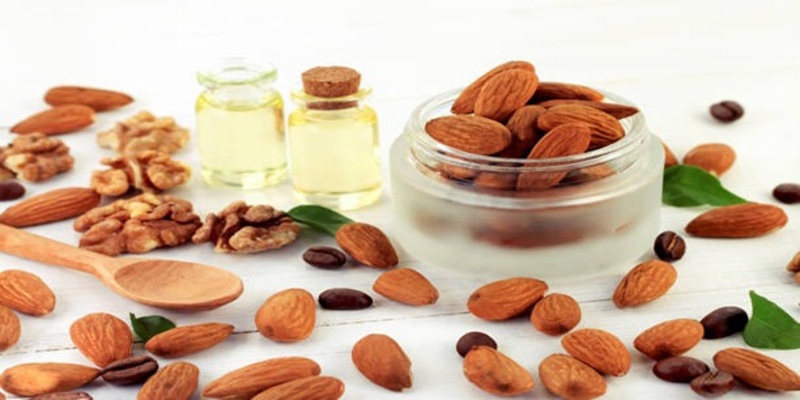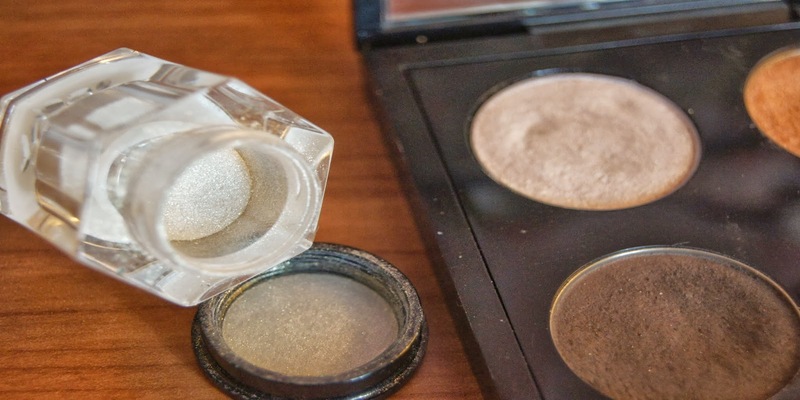Weak glutes can affect posture, stability, and overall strength, resulting in a range of issues from lower back pain to knee injuries. Often, the problem doesn't become apparent until you experience discomfort or realize a decrease in athletic performance. In this guide, we reveal the top nine warning signs that your glutes may not be as strong as they should be. More importantly, we'll provide you with a comprehensive action plan designed to build glute strength, improve posture, and enhance your overall well-being. From targeted exercises to daily activity adjustments, prepare to embark on a journey toward a more stable and powerful lower body.
What are Glutes?
Before we dive into the warning signs and action plan, let's first understand what exactly our glutes are. Our gluteal muscles, commonly referred to as "glutes," consist of three main muscles: the gluteus maximus, medius, and minimus. These muscles work together to help us perform activities such as walking, running, and standing upright.
Top 9 Warning Signs

Now that we know what our glutes are responsible for, let's explore the warning signs that they may be weak or underdeveloped.
1. Poor Posture
Poor posture is one of the most noticeable signs of weak glutes. When these muscles are not sufficiently strong, the pelvis can tilt forward, leading to what is known as an anterior pelvic tilt. This can cause a noticeable arch in your lower back, and place undue stress on the spine. Additionally, weak glutes may also lead to a slouched shoulder posture as your body tries to compensate for the instability. Good posture relies on a balanced foundation from below, so strengthening the glutes is a critical step towards proper body alignment.
2. Knee Pain
Knee pain is often a repercussion of weak glutes. Without the stabilization and support from strong gluteal muscles, excessive strain can be placed on the knee joint during movements, leading to pain and discomfort. The misalignment created by inadequate glute strength can result in an inward collapse of the knee, known medically as valgus knee, which can heighten the risk of injuries, particularly in athletes. By focusing on strengthening the glutes, individuals can help realign their lower body mechanics and potentially alleviate knee pain.
3. Lower Back Pain
Lower back pain is another common warning sign of weak glutes, as it can result from an anterior pelvic tilt caused by underdeveloped glute muscles. This tilt places excessive strain on the lower back, leading to discomfort and pain. Strengthening the glutes can help minimize this pressure and improve overall spinal alignment, reducing the risk of lower back pain.
4. Hip Pain
Hip pain can also be an indication of weak glutes, as these muscles help support the hip joint during movement. When the glutes are not adequately activated, other muscles may attempt to compensate for this lack of stability, leading to excessive strain and discomfort in the hip region. By targeting and strengthening the glutes, individuals can alleviate hip pain and improve overall joint function.
5. Tight Hamstrings
Tight hamstrings are frequently a symptom of weak glutes. The hamstring muscles may become overactive and strained when they're compensating for the lack of support from the gluteal muscles. This overreliance on the hamstrings can lead to tightness and discomfort, which can limit flexibility and range of motion. Addressing weak glutes with proper exercise can help redistribute the workload appropriately and relieve the hamstrings of undue stress.
6. Difficulty with Balance and Stability
The glutes play a crucial role in maintaining balance and stability during everyday activities. When these muscles are weak, individuals may feel unsteady or have difficulty staying upright. This can increase the risk of falls and other injuries, particularly as we age. Strengthening the glutes through targeted exercises can help improve balance and overall stability, providing individuals with a stronger foundation for daily activities.
7. Decreased Athletic Performance
Athletes rely heavily on their gluteal muscles for explosive movements and overall power in sports like running, jumping, and lifting. Weak glutes can impact an athlete's performance by limiting their ability to generate force from the lower body and potentially leading to decreased speed, agility, and overall athletic performance. Building strong glutes can enhance an athlete's overall strength and power, allowing them to perform at their best.
8. Tight or Sore Muscles in Other Areas
Weak glutes can lead to overcompensation from other muscles in the body, resulting in tightness and soreness throughout the body. This can impact not only daily activities but also athletic performance and overall well-being. By addressing weak glutes, individuals can reduce the strain on other muscles and potentially alleviate discomfort in different areas of the body.
9. Difficulty Activating Glutes During Exercise
Lastly, difficulty activating or "feeling" your gluteal muscles during exercises that should engage them is a clear sign of weak glutes. This may include exercises like squats, lunges, or hip thrusts, where the glutes should be the primary muscle working. If you find yourself unable to properly engage your glutes during these movements, it's likely that they are not as strong as they should be.
How to Strengthen Your Glutes?

If you have identified that you may have weak glutes, don't worry! There are many exercises and adjustments you can make to your daily routine to target and strengthen these muscles. Here are a few tips to get you started:
- Start with glute-strengthening exercises such as squats, deadlifts, hip thrusts, and glute bridges.
- Incorporate resistance bands or weights to increase the effectiveness of these exercises.
- Make sure to perform each exercise with good form and proper activation of the glutes.
- Focus on performing compound movements that engage multiple muscle groups in addition to the glutes.
- Consider incorporating specific movements such as lateral band walks, clamshells, and single-leg deadlifts to target the gluteus medius and minimus muscles.
- Take breaks throughout the day to stand up and perform glute activations, such as glute squeezes or hip thrust holds.
By consistently incorporating these exercises into your routine, you can strengthen your glutes over time and improve overall body alignment and function.
Conclusion
Don't underestimate the importance of strong glutes in maintaining a healthy, pain-free body. By targeting and strengthening these muscles, individuals can not only alleviate current discomfort but also prevent future injuries and improve overall performance. Remember to listen to your body and consult with a healthcare professional if you experience chronic or severe pain. With dedication and proper exercise, you can build strong glutes and improve your overall well-being. So, it's important to include glute-strengthening exercises in your workout routine and make necessary adjustments in your daily habits to maintain strong and healthy glutes.







